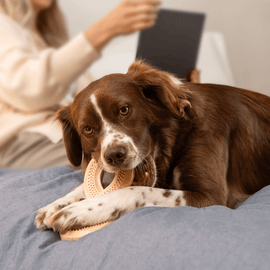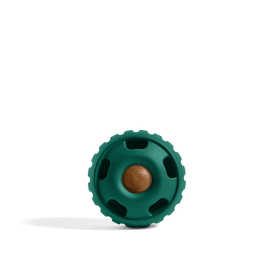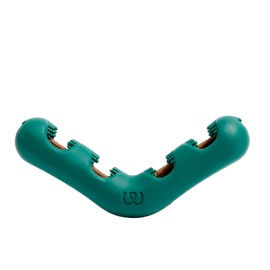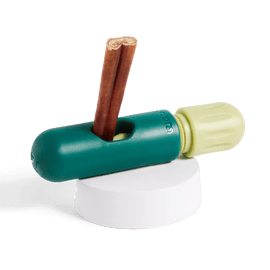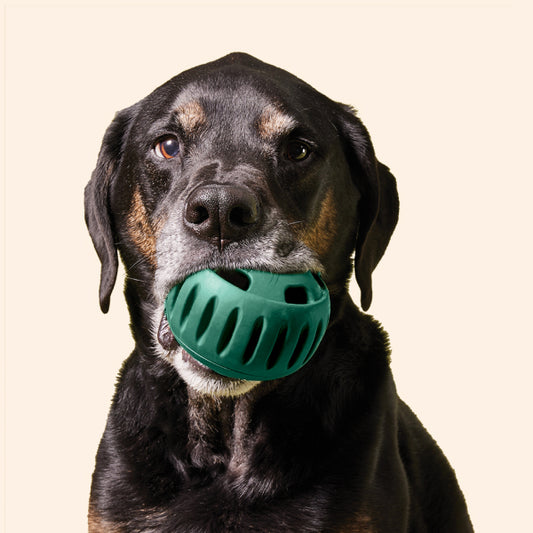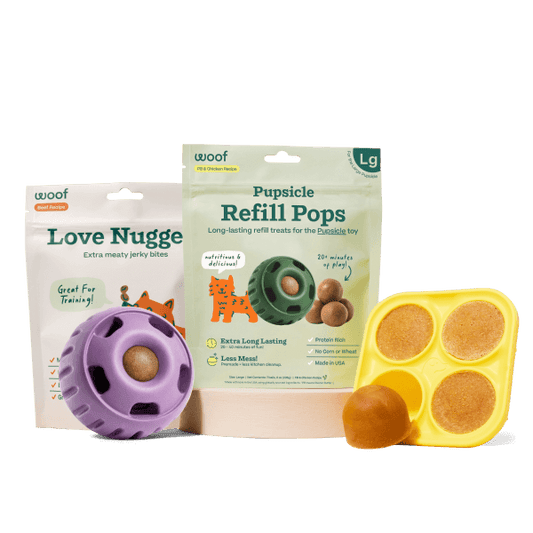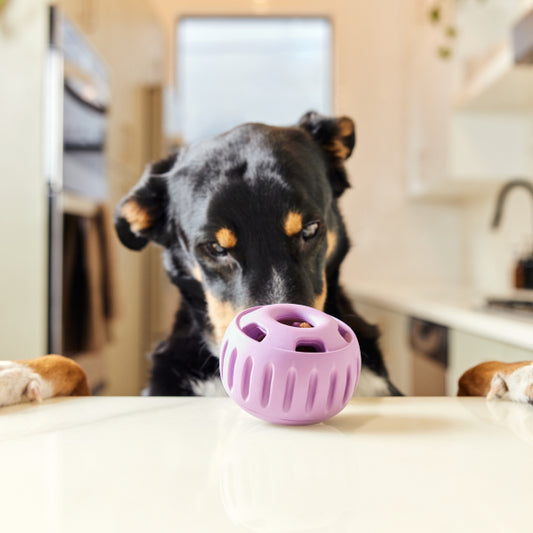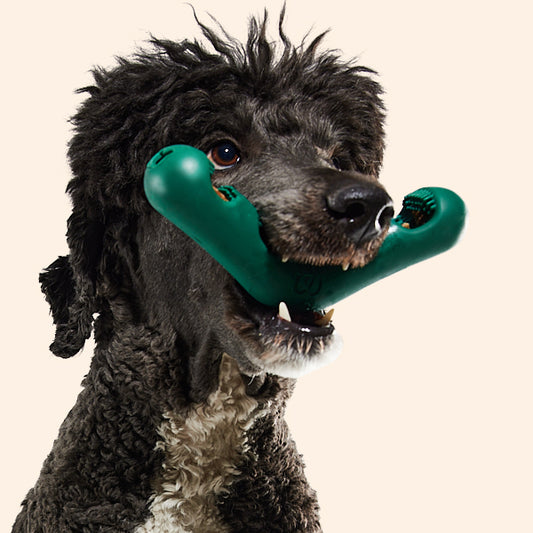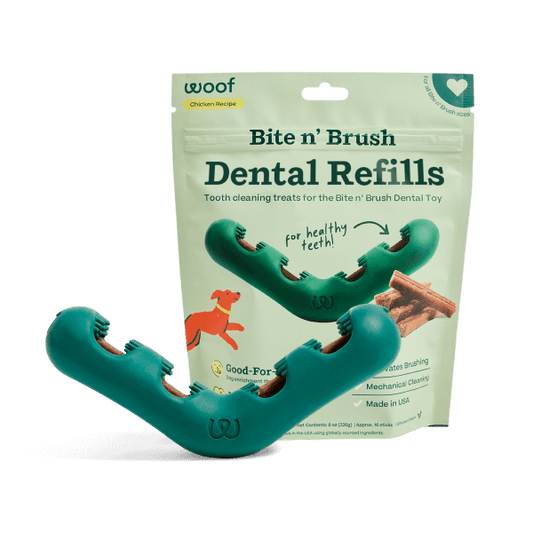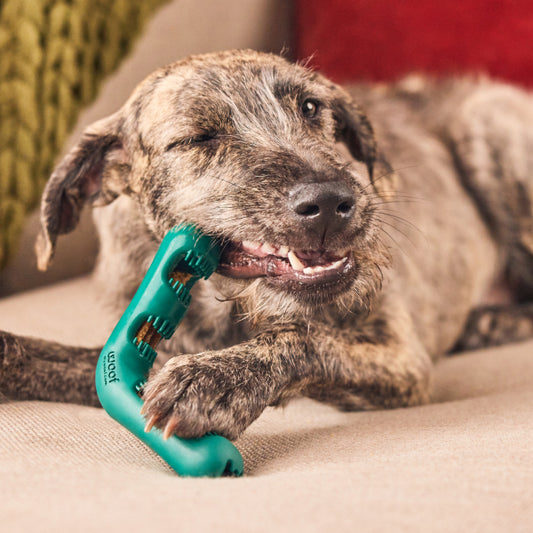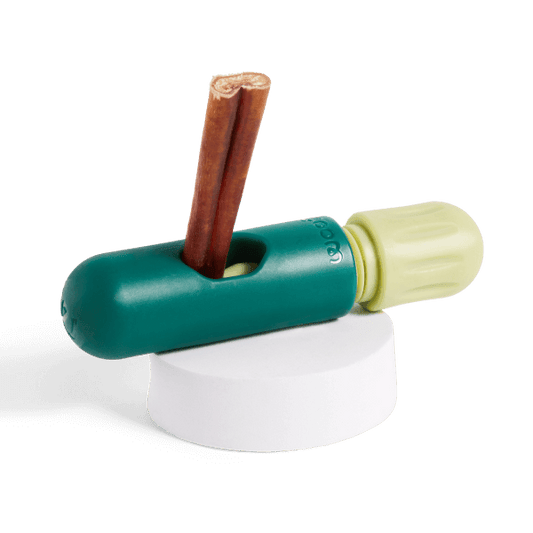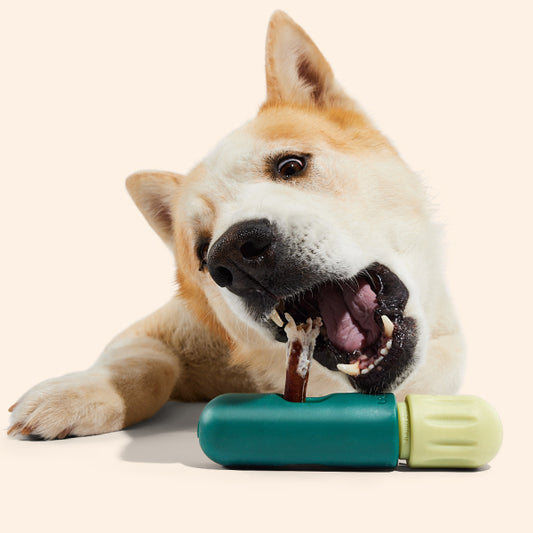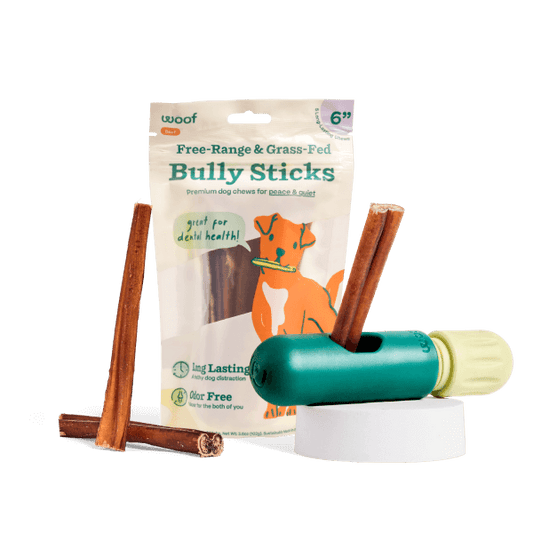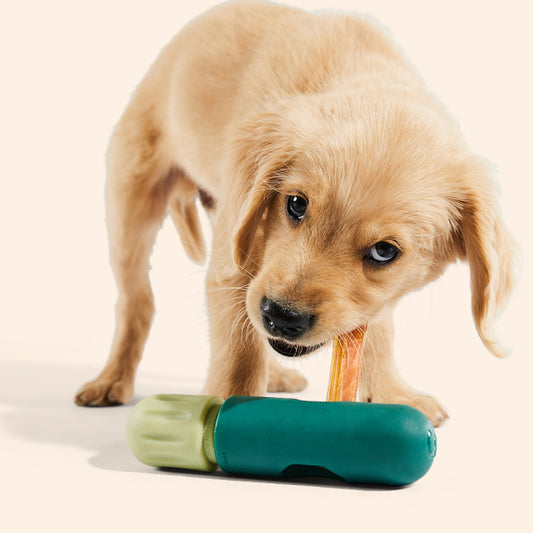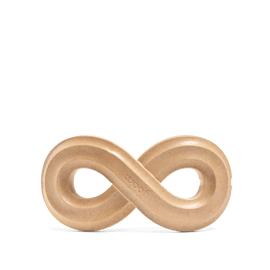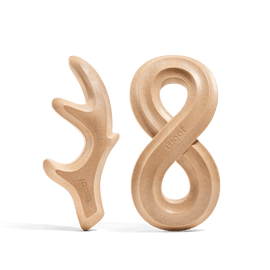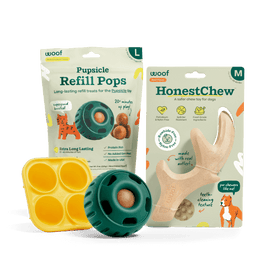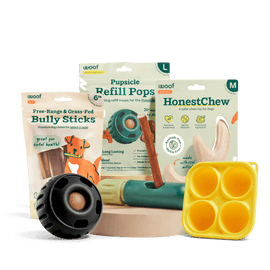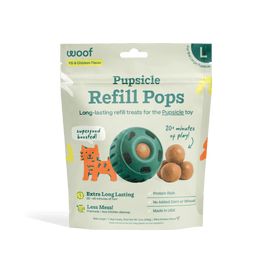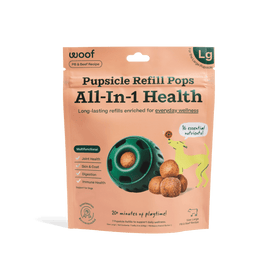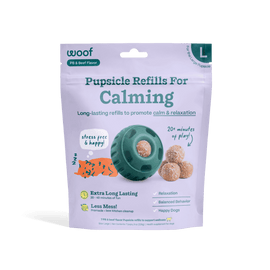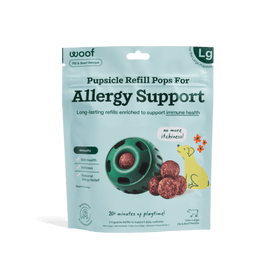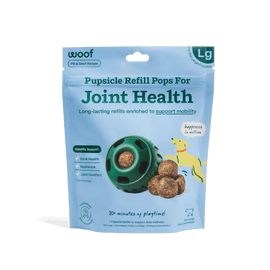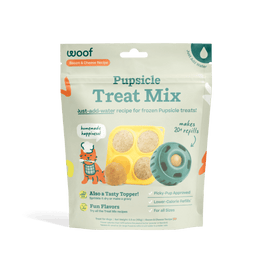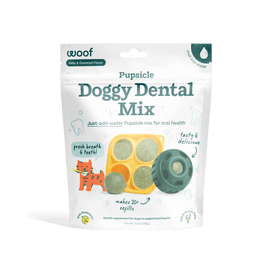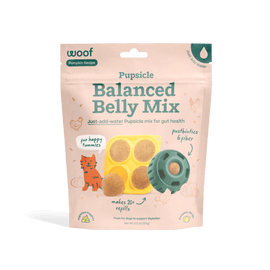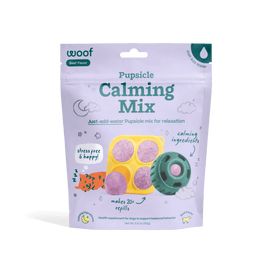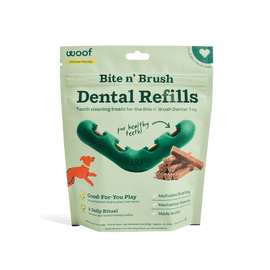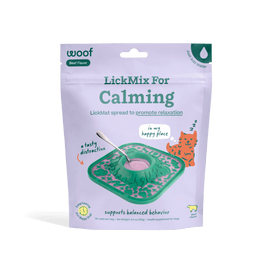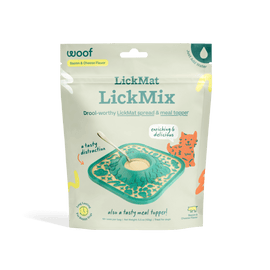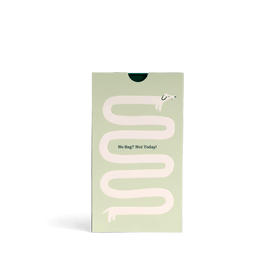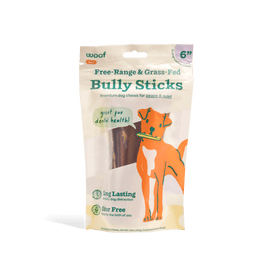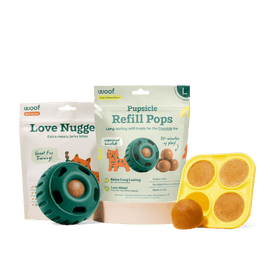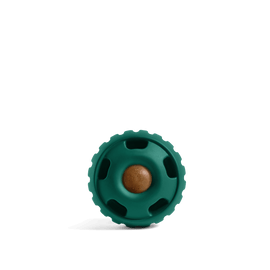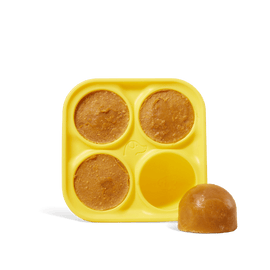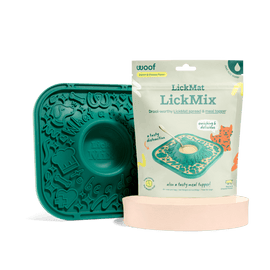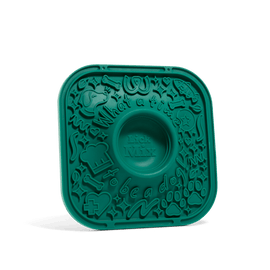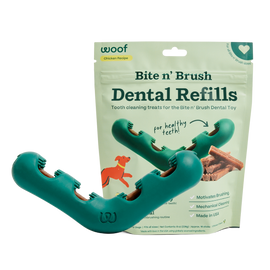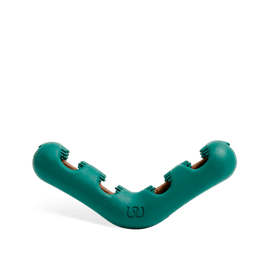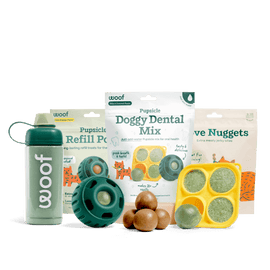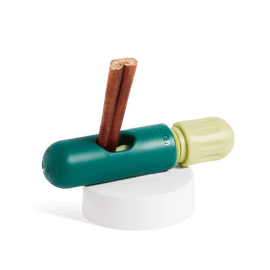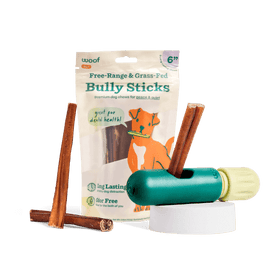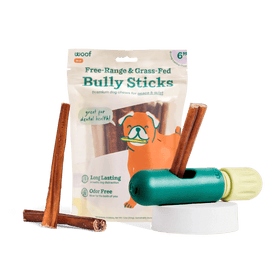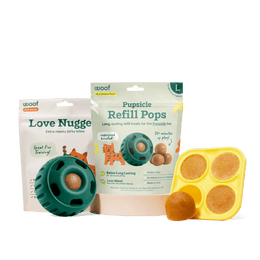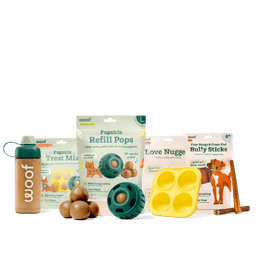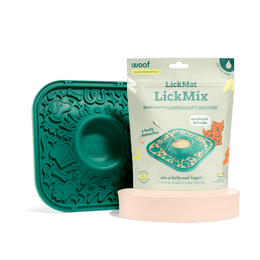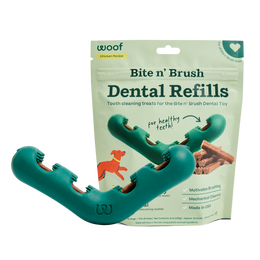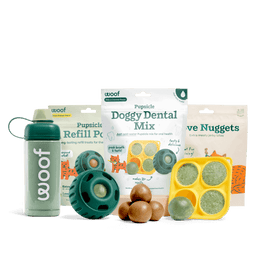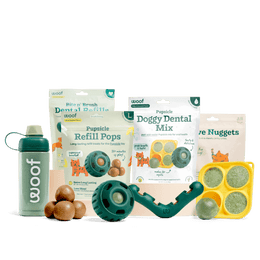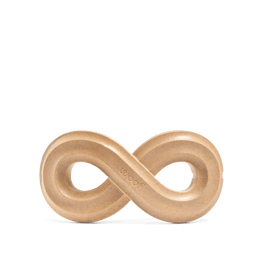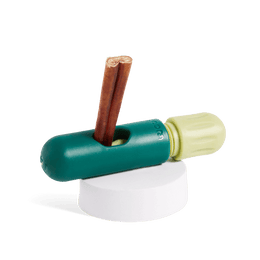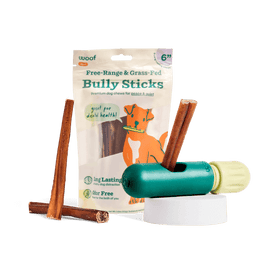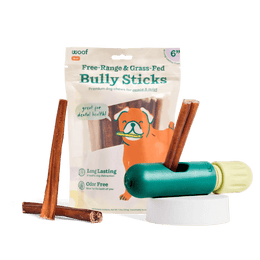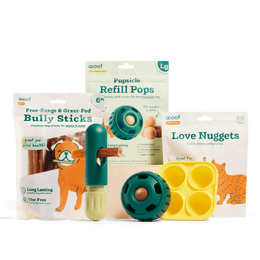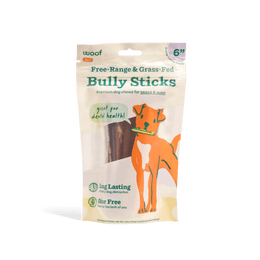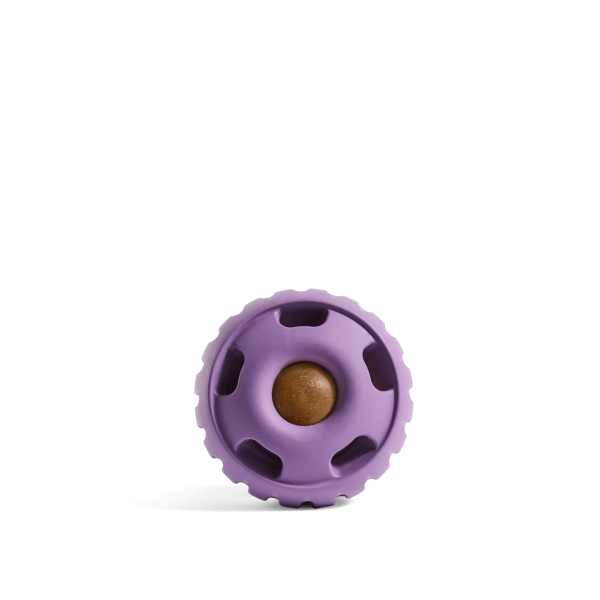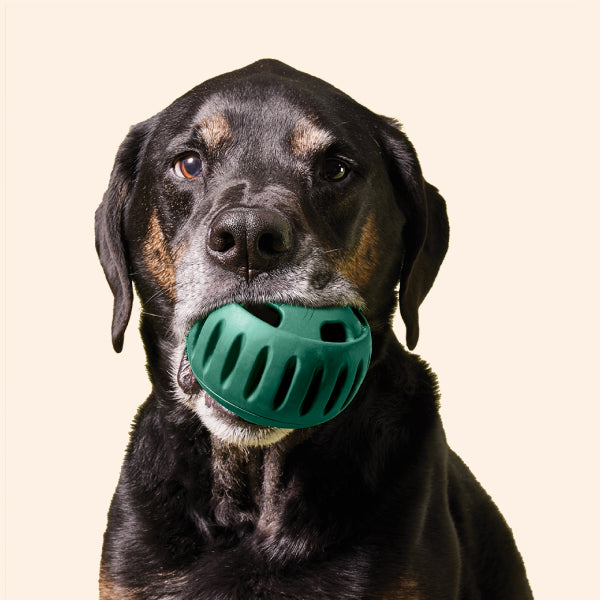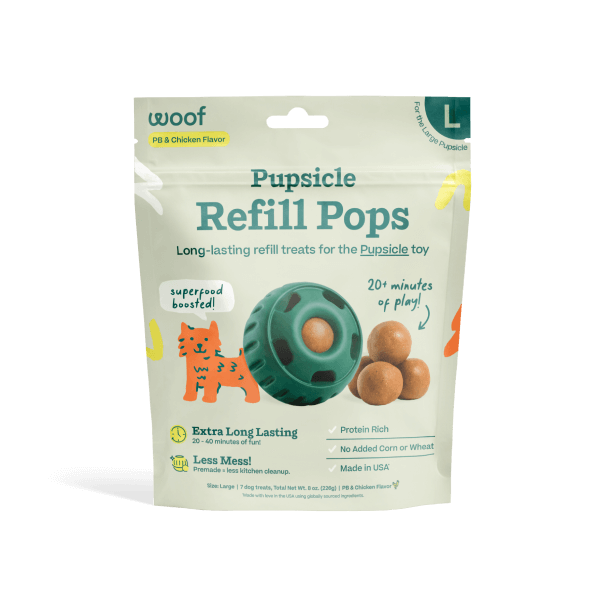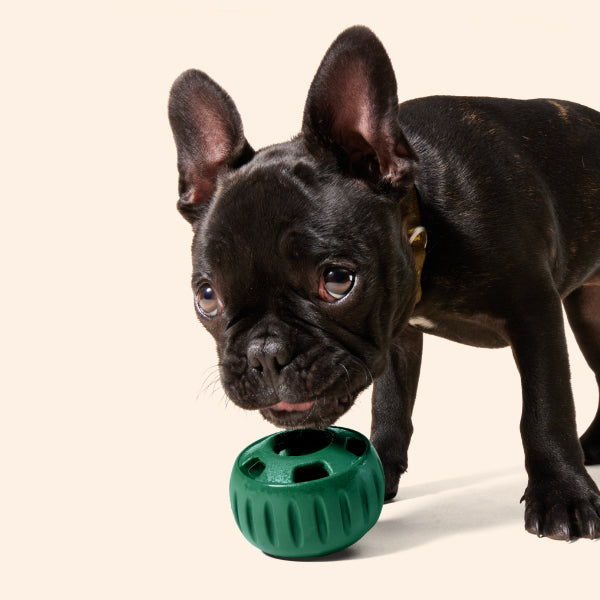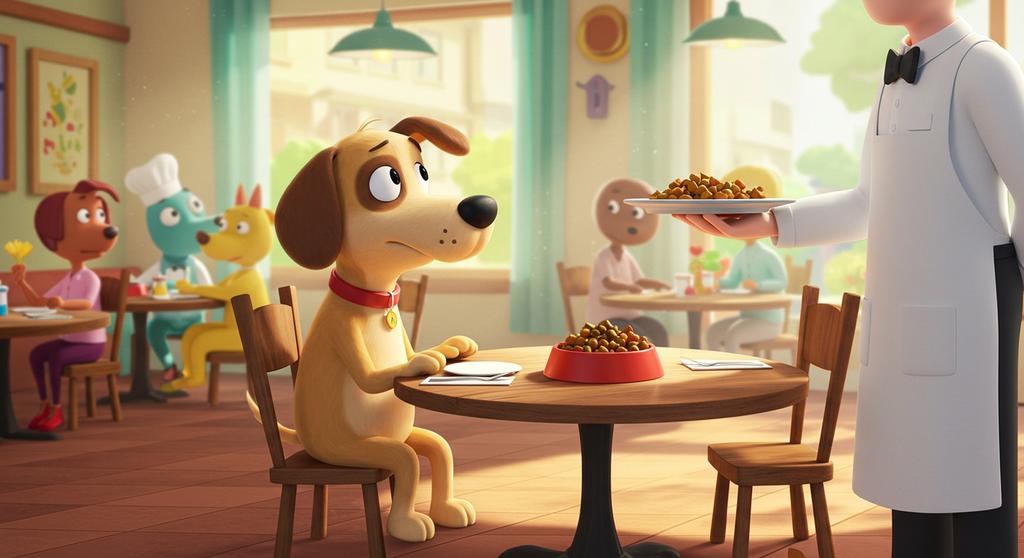
As devoted dog owners, we often ponder the best ways to keep our furry friends happy and healthy, especially when it comes to mealtime. One common question is whether dogs prefer their food warm or cold, and how this preference might affect their overall well-being.
Understanding your dog's food temperature preference can enhance their dining experience and ensure they receive the nutrition they need. Let's explore the factors that influence these preferences and how you can cater to your canine companion's tastes.
Canine Taste and Smell: The Role of Temperature
Dogs have a highly developed sense of smell, which plays a significant role in their eating habits. Warm food tends to emit stronger aromas, making it more enticing for dogs. Serving meals at room temperature or slightly warmed can stimulate your dog's appetite, especially if they are picky eaters or have a diminished sense of smell due to age.
Benefits of Serving Warm Food
Offering warm food can be particularly beneficial in certain situations:
- Enhanced Aroma and Flavor: Warming your dog's meal can intensify its scent and taste, making it more appealing.
- Encouraging Appetite: For dogs recovering from illness or those with reduced appetite, warm food can encourage them to eat more readily.
- Improved Digestion: Slightly warmed food can be easier to digest, as it more closely resembles the temperature of prey in the wild.
When Cold Food Might Be Appropriate
While many dogs prefer warm meals, there are scenarios where cold food might be suitable:
- Hot Weather: During warmer months, some dogs might enjoy cooler meals as a refreshing change.
- Teething Puppies: Chilled food can soothe the gums of teething puppies, providing comfort during this developmental stage.
Finding the Right Balance
Every dog is unique, and their preferences can vary. It's essential to observe your dog's reactions to different food temperatures and adjust accordingly. Start by serving meals at room temperature and experiment with slight warming or cooling to see what your dog enjoys most.
Remember, sudden changes in food temperature can cause digestive upset. Always introduce any adjustments gradually and monitor your dog's response.
Safe Ways to Warm Your Dog's Food
If you decide to warm your dog's food, ensure it's done safely:
- Microwave Caution: If using a microwave, transfer the food to a microwave-safe dish and heat it for short intervals, stirring to avoid hot spots. Always test the temperature before serving to prevent burns.
- Hot Water Bath: Place the food in a sealed, heat-safe bag and immerse it in warm water until it reaches the desired temperature.
Avoid serving food that is too hot, as it can cause oral burns. The goal is to make the meal pleasantly warm, not hot.
Woof Products to Enhance Mealtime
At Woof, we offer a range of products designed to make your dog's mealtime enjoyable and nutritious:
- The Pupsicle: A fun and interactive way to serve treats, perfect for warm days.
- Doggy Broth: Serve warm to enhance your dog's meal with added flavor and nutrients.
- Pupsicle Pops: Delicious frozen treats that can be served cold, ideal for refreshing your dog.
Explore our All Products collection to find more options tailored to your dog's preferences.
Conclusion
Understanding whether your dog prefers warm or cold food can significantly impact their dining experience and overall health. By paying attention to their reactions and adjusting meal temperatures accordingly, you can ensure your canine companion enjoys their food while receiving optimal nutrition. Always prioritize safety when warming food, and consult with your veterinarian if you have concerns about your dog's dietary habits.
